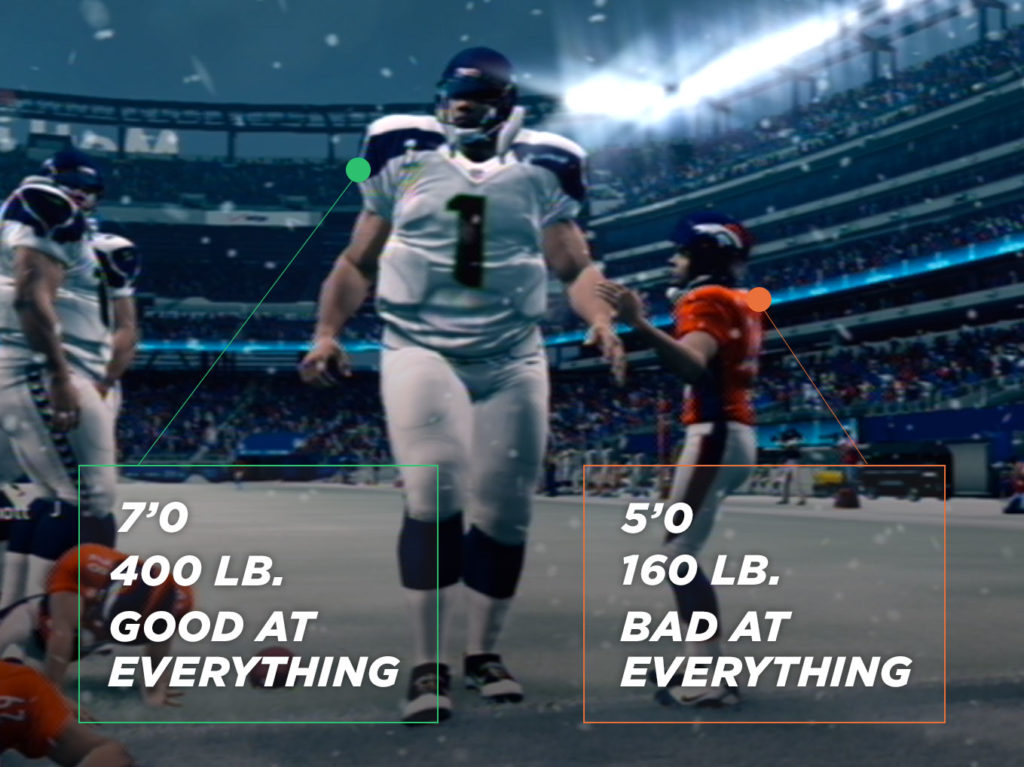Following on from the Defender tip video I linked, here’s a high-level tip video for a “radically” different game, Atari Games’ wonderful yet challenging arcade skateboard adventure 720°.
It’s really different, not just from space shooter games, but from just about everything else, even from other skateboarding games. In some ways it’s much like an early, 2D version of a Tony Hawk game, with an open world to explore between events called Skate City. But it also has a bit more going on than that: you have to earn points in Skate City doing tricks in order to earn Tickets, which allow you access to the four parks at the edges of the big isometric area, and you can earn money by doing well in the events to earn gear upgrades for your skater. Yes, there’s an equipment system in this 1986 arcade game!
Exploring Skate City isn’t a laid-back experience, however. It’s timed, and when that expires a now-iconic voice proclaims SKATE OR DIE, announcing the arrival of the killer skateboarder-hating bees, which get angrier, faster, and more Warner Bros. cartoon peril-like as further time elapses.
The only way to “die” in 720° is to be caught by the bees, all other defeats and injuries are harmless, but the bees still end lots of games: on default settings, you need 10,000 points to earn each Ticket, which is quite a lot! You are spotted a Ticket when you continue, but it’s not a gift or purchase, but a loan: the game will increase the points needed for the following Ticket by 10,000 when it happens, so you’ll have to score even more points to make it to the following Ticket. But lest you think this is a naked ploy by Atari to force players to credit-feed to see the later parks, you only get two of those continues! It’s best to think of continues as failsafes, in case you have a Ticket but get stung before you make it to a park.
720° is particularly interesting because of its unique joystick. It’s a standard 8-way stick, but its mechanism forces it to point in one direction at all times, so instead of pushing where you want to go, you spin it. The video contains a lot of that spinning. 720° is a very physical game because of it. In most games, arcade or otherwise, the controls could be considered just a way to communicate your intentions to the game, and missed inputs where you had intended to act feel like a betrayal by the hardware, but games like 720°, and Namco’s Alpine Racer, and Atari Game’s Marble Madness, the controls feel like an intrinsic part of the fun.
In the first class of these games, a brain interface might possibly be welcome for getting the controllers out of the way and removing any question of what your intent was, but 720° would be an entirely different experience that way. Physical execution is essential to the experience. It’s also a different game when played in emulation, because of it.
720° was designed by one of Atari Games’ most successful teams, John Salwitz and Dave Ralston, who also designed Paperboy, Cyberball, and my favorite of all of Atari’s output, probably my favorite arcade game of all: Rampart. Sadly, it looks like Rampart, while successful (at least judging by how many ports it got), was the title that marked their departure from Atari Games.
So relax for half an hour, or however much of it you can stand, and watch a 720° master demonstrate how to win over this uniquely challenging arcade game, on a physical cabinet no less. It’s a world where you earn 500 points from knocking over a bodybuilder, and isn’t that a place we’d all like to live in?
Atari 720 Degrees Play Through & Tips (Youtube, 30 minutes)




